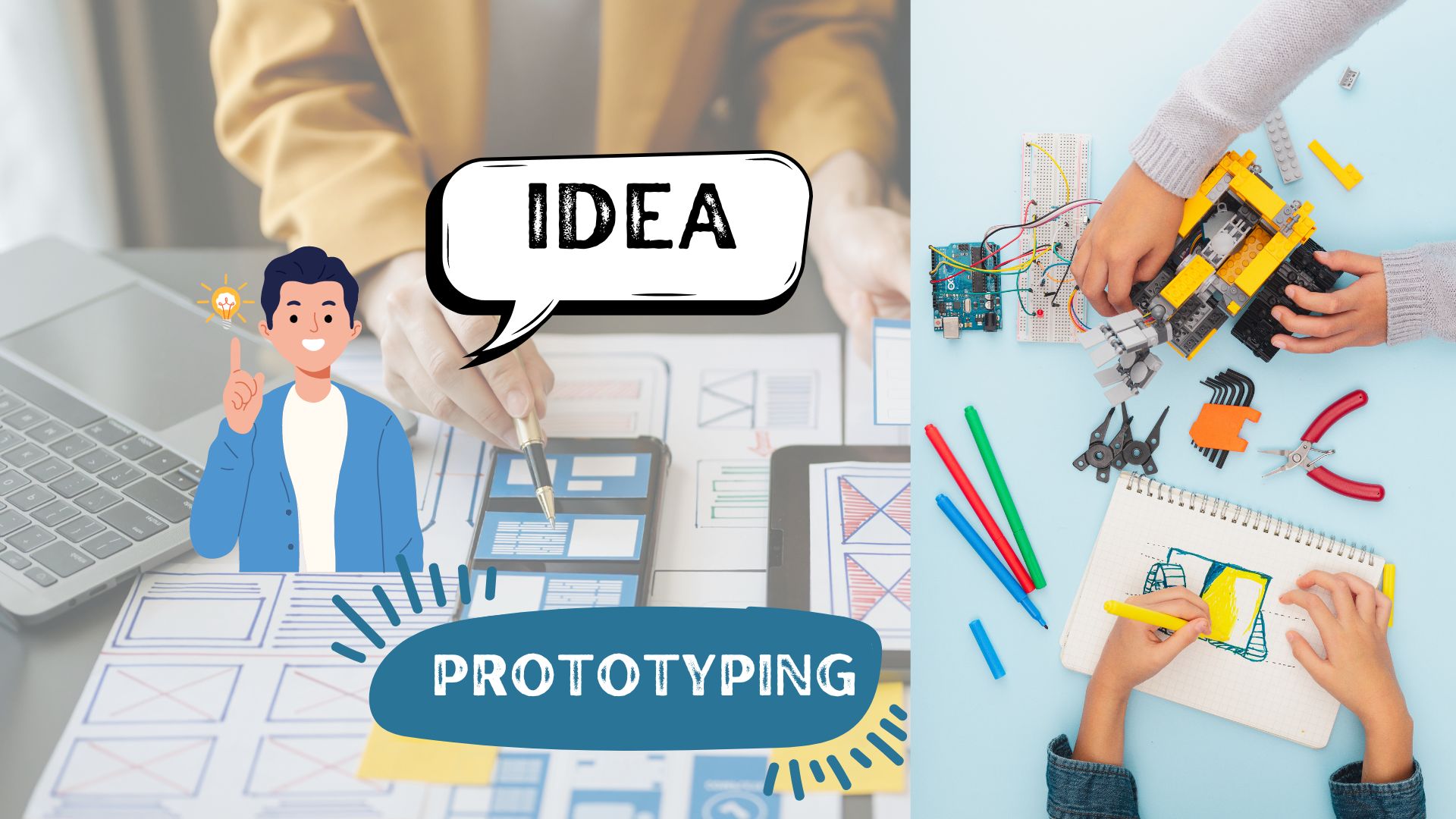Understanding the Journey from Concept to Prototype
Embarking on an electronics project is an exciting endeavor that requires careful planning, creative thinking, and technical expertise. From conceptualizing an idea to bringing it to life through prototyping, the journey involves several crucial steps. In this guide, we explore the process of transforming an idea into a tangible prototype in the realm of electronics project development.
Conceptualizing the Idea
The journey begins with a spark of inspiration—an idea that holds the potential to solve a problem, fulfill a need, or simply spark innovation. Whether it’s a new gadget, a smart device, or an electronic tool, the first step is to clearly define the concept and identify its purpose and target audience. This stage involves brainstorming, research, and feasibility analysis to ensure that the idea is viable and has market potential.
Design and Planning
Once the idea is fleshed out, the next step is to translate it into a comprehensive design and development plan. This involves defining the project scope, setting objectives and milestones, and creating a roadmap for execution. The design phase also includes schematic design, component selection, and system architecture development. Attention to detail and thorough planning are essential to ensure that the project progresses smoothly and stays on track.
Prototyping and Iteration
With the design finalized, it’s time to move on to the prototyping stage—the heart of the development process. Prototyping involves building a preliminary version of the product or system to test its functionality, performance, and user experience. This may involve creating a breadboard prototype for electronic circuits, 3D printing for mechanical components, or software simulation for embedded systems. The goal of prototyping is to identify potential issues, validate design assumptions, and iterate on the concept to refine and improve it further.
Testing and Validation
Once the prototype is built, thorough testing and validation are essential to ensure that the product meets the desired specifications and quality standards. This involves conducting various tests, such as functional testing, stress testing, and usability testing, to assess the performance and reliability of the prototype. Feedback from testing is invaluable for identifying bugs, design flaws, and areas for improvement. Iterative testing and refinement are key to achieving a robust and market-ready prototype.
Conclusion
Navigating the journey from idea to prototype in electronics project development requires creativity, technical skill, and perseverance. By following a structured approach that encompasses conceptualization, design, prototyping, and testing, developers can effectively translate their ideas into tangible products or systems. Each stage of the process presents unique challenges and opportunities for innovation, collaboration, and learning. With dedication and attention to detail, aspiring electronics enthusiasts can bring their ideas to life and make a meaningful impact in the world of technology.
